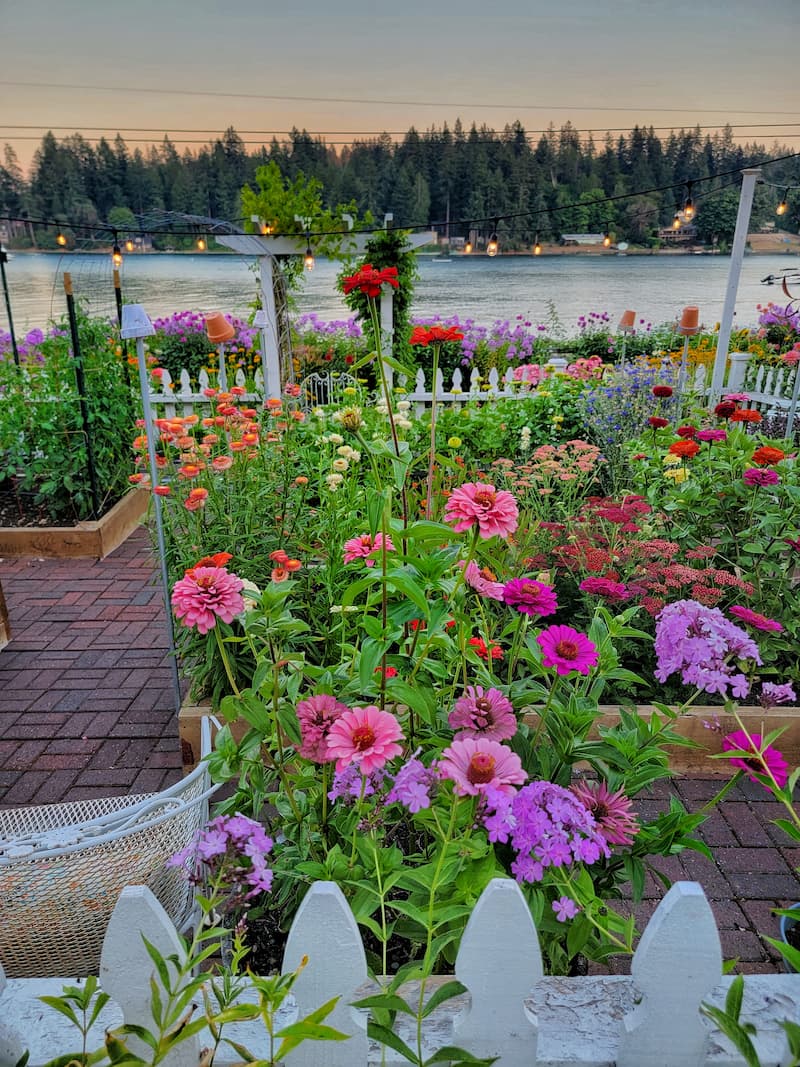Introduction
Building a flower garden is a rewarding way to enhance your outdoor space with vibrant colors and natural beauty. Whether you have a small backyard or a spacious yard, creating a flower garden can improve your home’s curb appeal, promote mental well-being, and support local pollinators like bees and butterflies. This guide will walk you through the essential steps to build a flower garden that thrives. From planning and site selection to choosing the right plants and maintenance tips, you’ll gain expert insights to create a flourishing garden tailored to your environment and preferences.
Planning Your Flower Garden
Assessing Your Space and Conditions
Before planting, evaluate your garden area carefully. Consider these factors:
- Sunlight exposure: Most flowering plants need 6-8 hours of sunlight daily. Identify sunny and shaded spots.
- Soil type: Conduct a soil test to check pH and nutrient levels. Well-drained, fertile soil supports healthy growth.
- Space availability: Measure the area to plan plant spacing and garden layout.
Setting Goals and Style
Decide on the garden’s purpose and style. Do you want a formal flower bed, cottage garden, or pollinator-friendly wildflower patch? Your choice influences plant selection and design.
Selecting and Preparing Plants
Choosing the Right Flowers
Select flowers suited to your climate zone and soil conditions. Incorporate a mix of:
- Perennials (e.g., coneflowers, daylilies) for long-lasting blooms.
- Annuals (e.g., marigolds, petunias) for seasonal color.
- Bulbs (e.g., tulips, daffodils) for early spring interest.
Use native plants whenever possible to support local ecosystems and reduce maintenance.
Preparing the Soil
Healthy soil is foundational. Steps include:
- Remove weeds, rocks, and debris.
- Loosen the soil to a depth of 12-15 inches.
- Amend with organic matter like compost or aged manure.
- Adjust pH if needed, aiming for a slightly acidic to neutral range (6.0-7.0).
Designing and Planting Your Flower Garden
Layout and Plant Placement
Design your garden for visual appeal and plant health:
- Place taller plants at the back or center depending on viewing angle.
- Group plants with similar water and light needs.
- Use contrasting colors and varied bloom times for continuous interest.
Planting Techniques
- Dig holes twice as wide as the root ball.
- Gently loosen roots to encourage outward growth.
- Plant at the same depth they grew in pots.
- Water thoroughly after planting to settle soil.
Maintaining Your Flower Garden
Watering and Fertilizing
- Water deeply but infrequently to encourage deep roots.
- Early morning watering reduces evaporation and disease risk.
- Use balanced fertilizers matching plant needs; avoid over-fertilizing which can harm blooms.
Pruning and Deadheading
- Remove spent flowers (deadheading) to promote new blooms.
- Prune damaged or diseased stems promptly.
- Follow species-specific pruning schedules to maintain shape and vigor.
Pest and Disease Management
- Monitor plants regularly for signs of pests or disease.
- Encourage beneficial insects like ladybugs.
- Use organic treatments or targeted pesticides as a last resort.
Enhancing Your Flower Garden
Adding Mulch and Borders
- Apply 2-3 inches of organic mulch to conserve moisture, suppress weeds, and regulate soil temperature.
- Define garden edges with stones, bricks, or metal borders for a polished look.
Incorporating Garden Features
- Add benches, birdbaths, or trellises to increase garden interest and usability.
- Use companion planting to attract pollinators and repel pests naturally.
Conclusion
Building a flower garden combines creativity with practical gardening skills. By thoughtfully planning your space, selecting appropriate plants, and maintaining them properly, you can create a vibrant garden that flourishes year after year. Remember to observe your garden’s progress and adapt care routines as needed. Start small, enjoy the process, and watch your flower garden become a beautiful sanctuary that enriches your home and environment.
